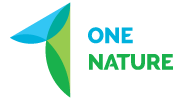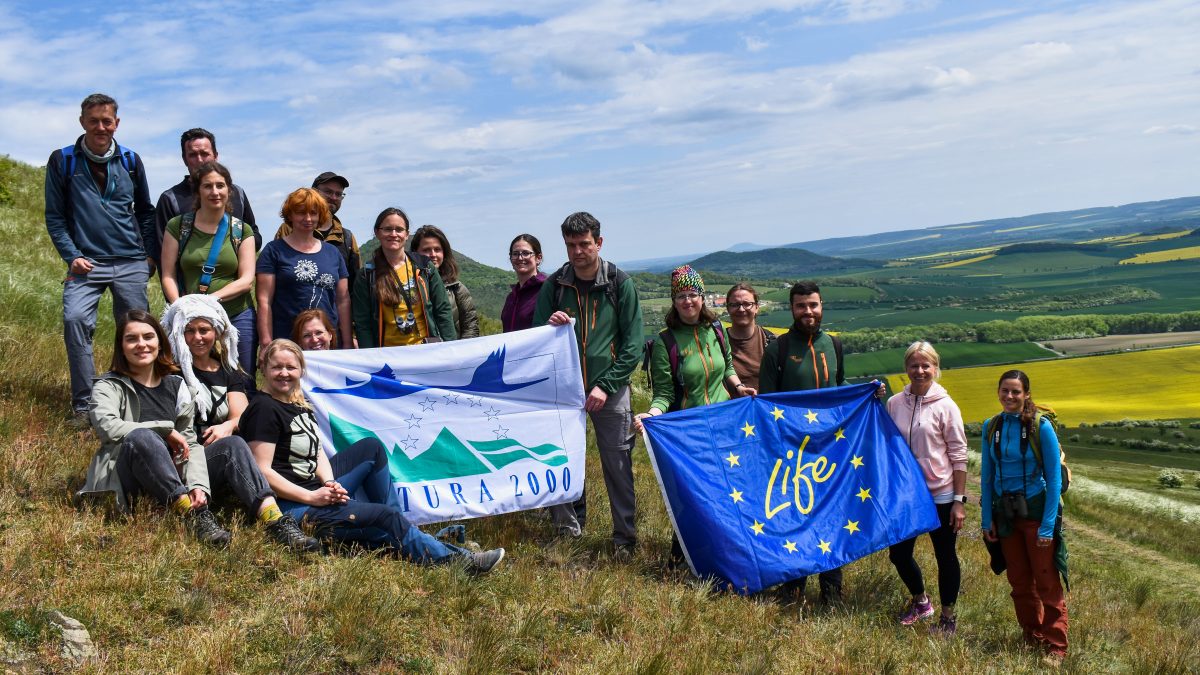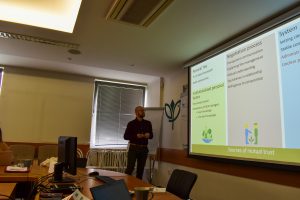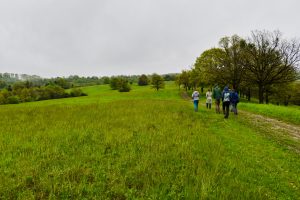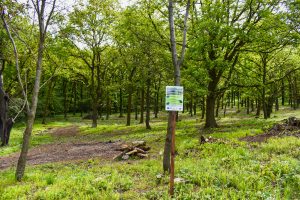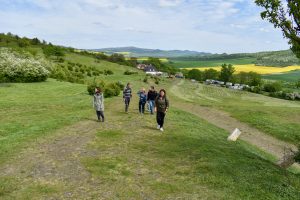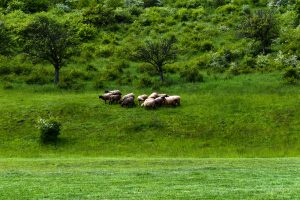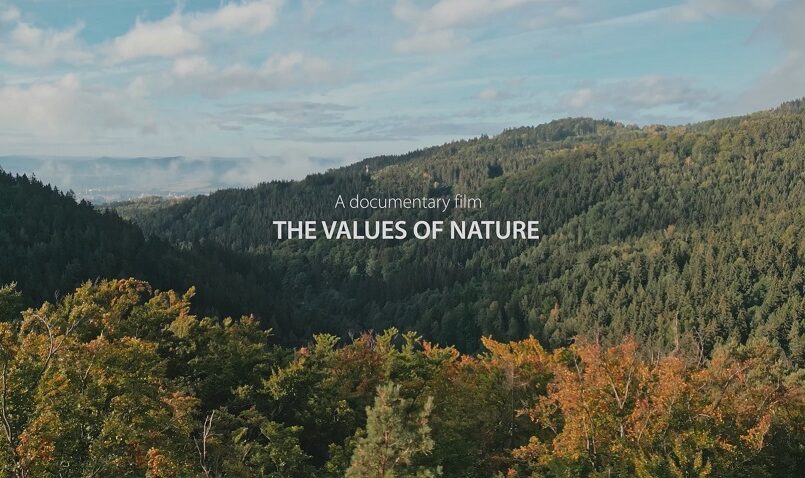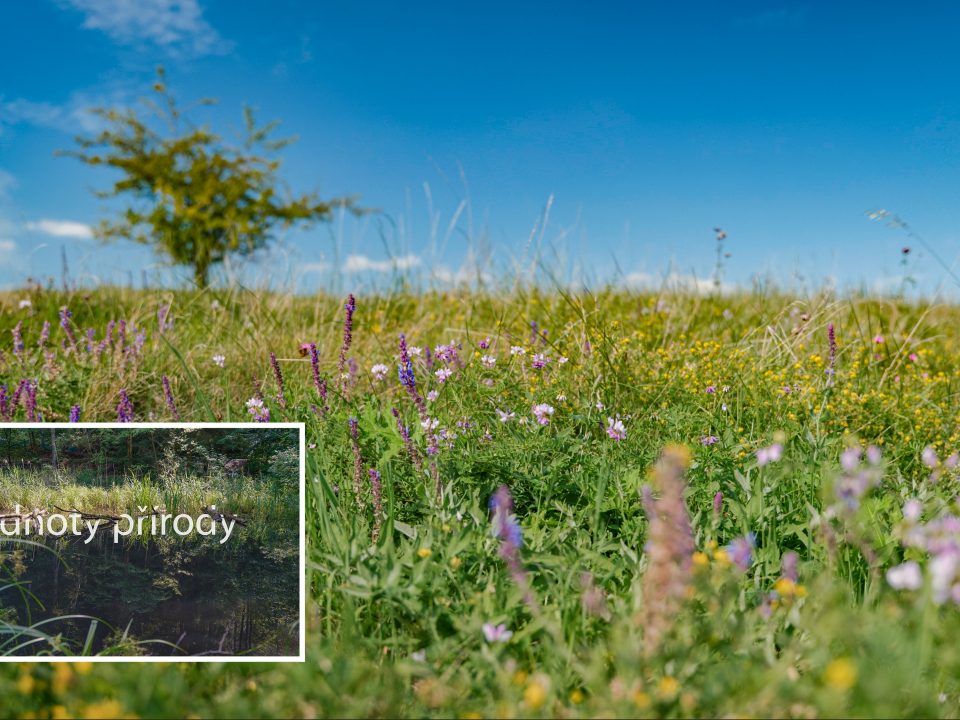One Nature Project Sparks Interest: Estonian Colleagues Reach Out for Collaboration
The One Nature Project has attracted international interest. At the beginning of March this year, we were contacted by representatives of the Estonian Ministry of Environment, who were particularly interested in our working with landowners and land users. As they are currently running projects focused on working with landowners, they asked us for a personal exchange of our experience.
In the middle of May we had a nice visit for three days, which consisted of representatives from the Estonian LIFE projects WoodMeadow LIFE project and LIFE IP Forest and Farmland, as well as the Estonian Ministry of Environment, and representatives of farmers and landowners who are implementing management measures in Natura 2000 sites.
We started the programme at the headquarters of the Nature Conservation Agency of the Czech Republic (NCA), where we presented our projects in the form of short presentations, focusing on the transfer of experience in communication with users and landowners. “After a working lunch we moved with the Estonian delegation to the White Carpathians Protected Landscape Area.
We started the second day with a visit to the protection zone of the National Nature Reserve Porážky, where we were guided by Ivana Jongepierová, who deals with grassland restoration using regional seeds. The site is mostly orchid meadows with scattered stands of oak trees. Due to the time of year and also the altitude of 390 – 610 m, we were welcomed by several flowering orchid species, e.g., Orchis mascula and Cephalanthera longifolia. Thanks to the LIFE project “From the life of insects”, several hectares of grassland have been restored and the forest has been lightened by cutting down trees. The local meadows are regularly mowed once a year, with regard to insects, on several dates.
The next site was National Nature Reserve Zahrady pod Hájem, where we visited a gene pool orchard, which was established in 1991 by the Czech Union for Nature Conservation (the branch of Bílé Karpaty). The old and local varieties of plum, apple, pear, cherry, and also the edible chestnut or medlar have been concentrated here. Among orchids we recorded, for example, late spider orchid (Ophrys holosericea).
We finished our visit to the White Carpathians with a look at the Vojšické meadows from Malá Vrbka (a part of the Čertoryje national nature reserve), where mosaic mowing and meadow restoration by sowing regional seeds is taking place. This view was a pleasant and apt ending of the visit to the White Carpathians, which have been tended by humans for centuries and represent a rich mosaic of meadows, forests and orchards.
-
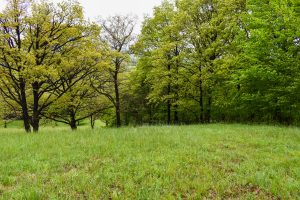
- Comparison of the restored grassland and lightened forest (left) and the original overgrown state (right). Porážky National Nature Reserve
On the way we stopped at the fields near Veselí nad Moravou, where the heavy rain from the previous day (up to 70 mm of rain) created temporary wetlands, which were immediately used not only by mallards, but also by martins and barn swallows.
The last day with our Estonian visit was spent in the Central Bohemian Uplands, where Jakub Kyselovič from the Central Bohemian Uplands Protected Landscape Area showed us how to prepare a site for an innovative management measure of forest grazing. We successively visited Brník, Raná and Milá hills (SAC Oblík – Srdov – Brník).
-
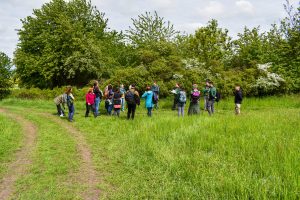
- Jakub Kyselovič from the Central Bohemian Uplands Protected Landscape Area presents the SAC Oblík – Srdov – Brník.
Then we moved to the Raná hill (SAC Raná – Hrádek), which is the largest site of dry steppe grasslands in the Czech Republic, where species such as Helictotrichon desertorum can be found. Here we also visited the local colony of European ground squirrel (Spermophilus citellus), which is a protected species, and saw a demonstration of the work of herding dogs.
Finally, we visited the SAC Vrch Milá, co-owned by Mr. Matyáš Malý. His family has been farming the adjacent land for several generations. Historically, the southern slopes of Milá were used as pastures and after their abandonment, there was a gradual expansion of bushes (hawthorns, sloes) at the expense of steppe grasslands. The overall restoration of the dry steppe vegetation was implemented gradually between 2011 and 2017 with the help of the LIFE+ Lounské středohoří project. After administrative obstacles were solved (change from forest land to permanent grassland), sheep and goat grazing was reintroduced in 2021. Now the areas are maintained by free grazing with the use of herding dogs, as well as by mowing and brush removal.
During the three days we managed to exchange a lot of valuable experience and tips with our foreign colleagues and we found out that although our countries are geographically very different, we have a lot in common. Based on the feedback, it seems that the visit exceeded Estonian expectations in many ways, for which we have to thank especially our partners involved in the programme. We are also looking forward, together with our partners, to our visit to Estonia, which will probably take place next year.
